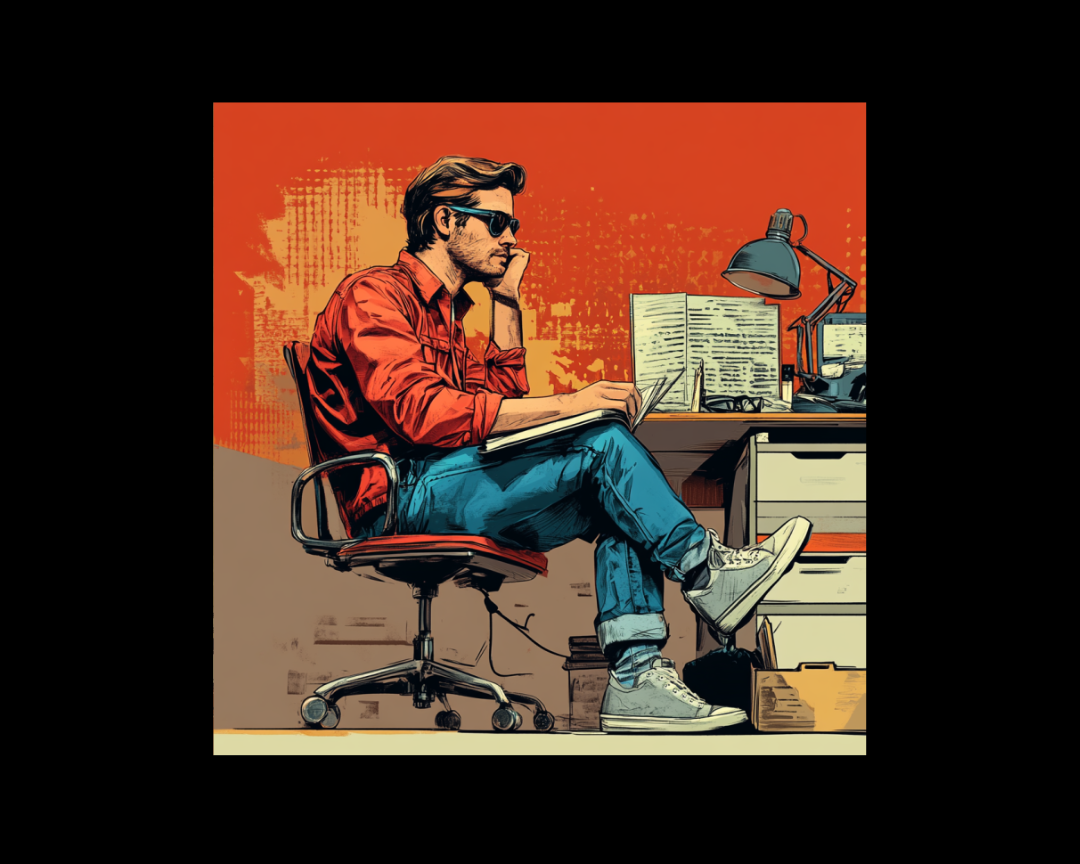
We obsess over first drafts like they're literary immaculate conceptions—springing forth fully formed from our creative wombs. But here's the secret: professional writers don't start with first drafts. They start with something messier, more honest, more forgiving. They start with zero drafts.
Zero drafts exist in the liminal space between scattered notes and structured prose. Think of them as literary permission slips—documents that give you the right to be terrible, to explore, to write without the crushing weight of "getting it right." While first drafts demand coherence, zero drafts embrace chaos.
The Foundation of Creative Freedom
Recent research from the University of California reveals that 73% of professional writers experience significant anxiety when beginning first drafts, yet only 23% report similar stress when working on preliminary drafts or outlines. The zero draft bridges this psychological gap.
Unlike traditional outlines that constrain through bullet points and rigid structure, zero drafts operate as narrative playgrounds. They're where you tell yourself the story before telling it to readers. Picture Virginia Woolf's stream-of-consciousness technique applied to story planning—all the meandering beauty without the editorial pressure.
Zero drafts typically range from 5,000 to 20,000 words, containing fragments of dialogue, character sketches, plot possibilities, and research notes. They're novels in embryonic form, carrying the DNA of your final manuscript without demanding its polish. The National Novel Writing Month organization reports that writers who complete zero drafts are 340% more likely to finish their novels.
The Psychology of Permission
We're conditioned to believe writing requires immediate excellence. This perfectionist paralysis kills more manuscripts than any external rejection. Zero drafts combat this by establishing a judgment-free zone where mediocrity isn't just acceptable—it's expected.
Consider Hemingway's famous advice about writing "shitty first drafts." Zero drafts go further, offering "shitty pre-drafts." They're creative contraception against the anxiety of performance. When you know you're not writing "the real thing," your inner critic loses its stranglehold on your creativity.
This psychological permission extends beyond individual scenes. Zero drafts let you experiment with narrative voice, tense, structure, and genre without commitment. Want to try first person? Write a chapter. Considering dual timelines? Sketch both. The zero draft becomes your literary laboratory, where failed experiments cost nothing but teach everything. Our guide to overcoming writer's block explores how creative constraints paradoxically increase freedom.
The Neuroscience of Creative Gestation
Neuroscientist Dr. Marcus Raichle's research on the brain's default mode network reveals why zero drafts work so effectively. When we engage in low-pressure, exploratory writing, our brains activate the same neural pathways involved in spontaneous creative insights and problem-solving.
The temporal cortex, responsible for narrative construction, shows increased activity during unstructured writing tasks. This suggests that zero drafts literally rewire our brains for storytelling, creating neural pathways that facilitate later structured writing. The brain treats zero drafts as play rather than work, reducing cortisol levels and increasing dopamine—the perfect neurochemical cocktail for creativity.
Practical Zero Draft Methodology
Begin with abundance, not absence. Create a document titled "Story Mess" or "Novel Vomit"—something that signals creative permission rather than professional obligation. Write in whatever format feels natural: paragraphs, fragments, dialogue snippets, character rants.
Start by asking yourself: "What if I told someone this story over coffee?" Then literally tell it. Write conversationally, including your own confusion: "I think she goes to the store here, but maybe it's a library?" or "He's angry, but I'm not sure why yet." These gaps aren't failures—they're invitations for your subconscious to fill.
Include everything: research notes, overheard conversations, random details that might matter. Zero drafts are novels plus commentary, stories with marginalia, narratives with their own footnotes. Structure can come later; right now, you're excavating the story from the chaos of possibility. Our exploration of story structure techniques provides frameworks for organizing these discoveries.
From Chaos to Craft - The Transformation Process
The magic happens in the transition from zero to first draft. After completing your zero draft, read it like an archaeologist examining artifacts. Circle compelling scenes, highlight strong dialogue, mark emotional beats that resonate. These become your first draft's skeleton.
Research from the Writers' Studio of Chicago found that novels beginning with zero drafts required 38% fewer revisions and reached publication-ready status 5.2 months faster than traditionally drafted manuscripts. The economic implications are substantial—time saved in revision translates to increased earning potential for professional writers.
Zero drafts also solve the dreaded "middle muddle"—that notorious sagging center that destroys second acts. Because you've already explored plot possibilities and character motivations in your zero draft, you know where the story wants to go. The first draft becomes translation rather than creation, interpretation rather than invention.
Contemporary authors like Gillian Flynn and Jennifer Egan have publicly credited zero draft processes with enabling their complex, layered narratives. Flynn's "Gone Girl" began as a 30,000-word zero draft that read more like psychological analysis than fiction. Egan's "The Candy House" emerged from zero drafts exploring multiple narrative voices and timelines.
The transformation process requires patience. Let your zero draft rest for at least two weeks before attempting translation. Return with fresh eyes and a different tool—if you wrote by hand, type it up; if you typed, print it out. This physical change signals to your brain that you're entering a new phase of creation.
Consider the zero draft your story's ultrasound—revealing shape and structure before birth. The first draft then becomes natural labor rather than surgical intervention, allowing the story to emerge organically rather than being forcibly extracted.
Transform Your Writing Process with Zero Drafts
Zero drafts revolutionize how we approach storytelling by removing the pressure of immediate perfection. They create space for discovery, permission for experimentation, and pathways to more efficient drafting. Writers who embrace this methodology report increased creativity, reduced anxiety, and stronger finished manuscripts.
Ready to implement zero drafts in your writing practice? Hire a Writer's content strategists specialize in developing personalized writing processes that maximize creative output while minimizing revision fatigue. Our team understands that every writer's process is unique—we'll help you discover the pre-writing techniques that unlock your storytelling potential.
Contact us today to develop a content strategy that transforms your creative chaos into compelling narratives that captivate readers and achieve your publishing goals.
.png?width=500&height=500&name=Untitled%20design%20(90).png)
 Writing Team
Writing Team